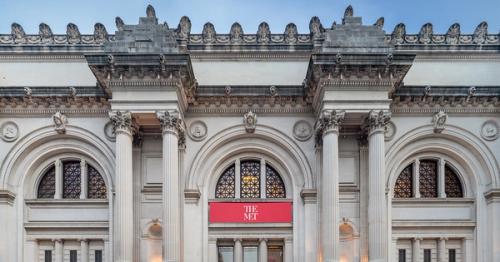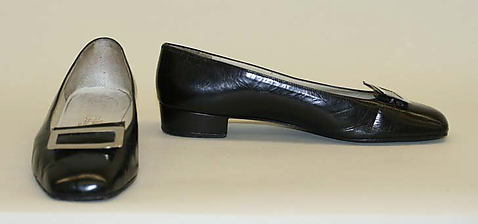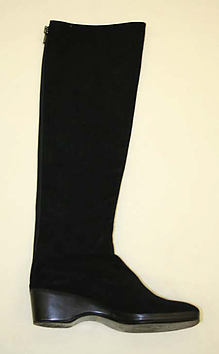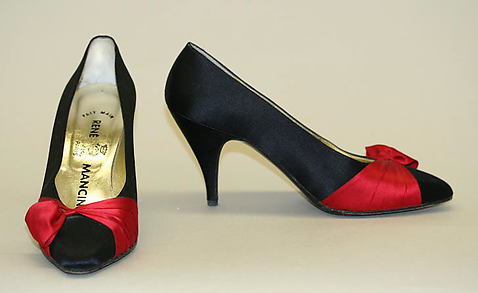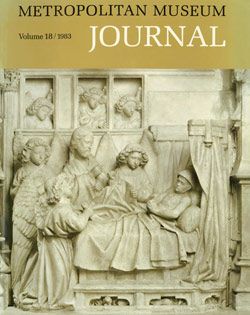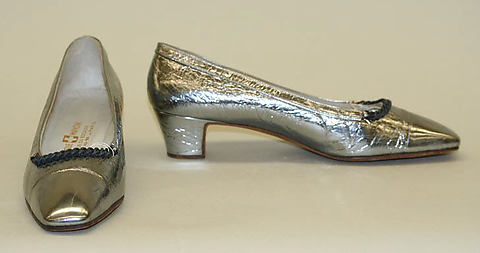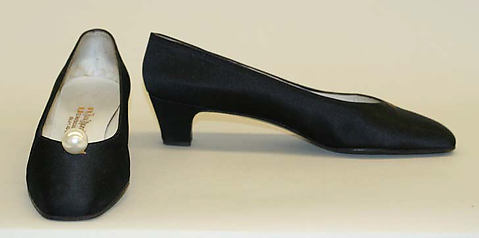The work of the great French painter Nicolas Poussin (1594–1665) is most often associated with classically inspired settings and figures depicting solemn scenes from mythology or the Bible. Yet he also created some of the most influential landscapes in Western art, endowing them with a poetic quality that has been admired by artists as different as John Constable, J. M. W. Turner, and Paul Cézanne. As the British critic William Hazlitt noted in 1821, "This great and learned man might be said to see nature through the glass of time." This volume, which accompanies a major exhibition at The Metropolitan Museum of Art, New York, is the first in-depth examination of landscapes in Poussin's work. The artist's pictorial imagination and intelligence are affirmed in forty-five canvases, ranging from early Venetian-inspired pastorals to austere, grandly structured scenes and deeply poetic landscapes designed as metaphors for or allegories of the processes of nature. It is in his late landscapes that Poussin's imagination and his preoccupation with fate and humankind's interactions with nature are given free rein. Nearly fifty of the artist's drawings—the most luminous of which were done en plein air—provide fascinating insight into Poussin's thematic interests and working methods. Essays by internationally renowned scholars examine the visual, literary, and philosophical influences on Poussin as well as his relationships with his patrons and his place in the art-historical canon. Comparative paintings, drawings, and engravings by Poussin and others illuminate the essays and complement the exhibited works. Following the essays and a brief overview of key dates in the artist's life, noted Poussin scholar Pierre Rosenberg provides a detailed catalogue of the 113 works in the exhibition, exploring questions of authorship, dating, interpretation, and execution, often righting earlier mistakes and raising new questions. In a separate section of the catalogue, Rosenberg considers a selection of drawings traditionally attributed to Poussin but now considered more likely to be by followers and contemporaries. This groundbreaking book gives the fullest possible representation of Poussin as a painter of landscapes, at the same time providing a unique occasion to explore the most personal side of this great artist's creative achievement.
